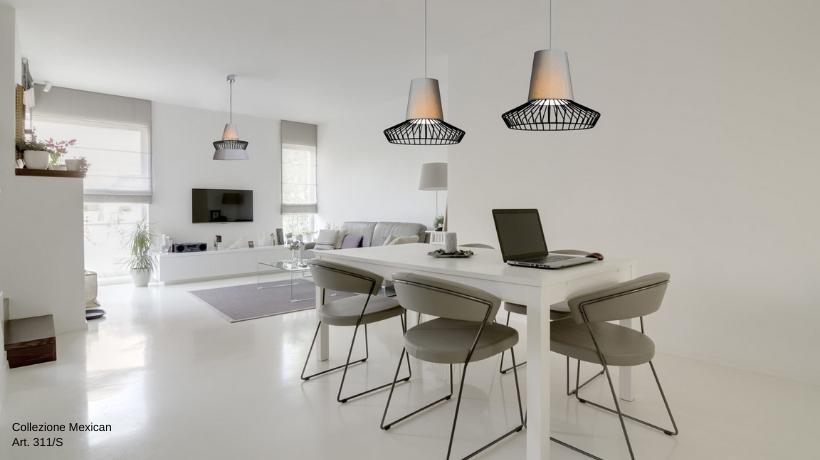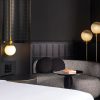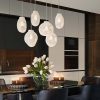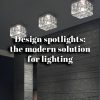- Empty cart.
- Continue Shopping
The Photobiological Safety of LED
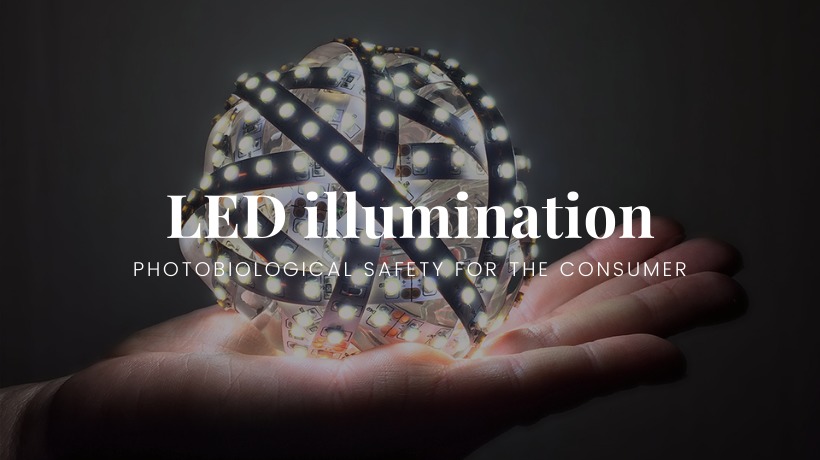
Health and LED
What is LED?
LED, an acronym for Light Emitting Diode, is a recent technology that enables to emit optical radiation with some semiconductors, the diodes, powered by an electric circuit. LED does not need gas or filaments for its functioning and most of all it emits a light without ultraviolet and infrared rays.
Thanks to such characteristics LED lights guarantee a significant energy saving, a very long lifetime (approximately 50.000 hours), a high lighting efficiency as well as a total absence of light pollution.
Also LED lights do obviously require the observance of certain quality standards since, when referring to optical radiations, it is necessary that consumers are guaranteed according to a specific level of photobiological safety.
What is photobiology and photobiological safety?
Photobiology studies the interaction between optical radiation and living organisms. Photobiological safety therefore refers to a precise photobiological risk related to the potential damage that can be caused to human eye.
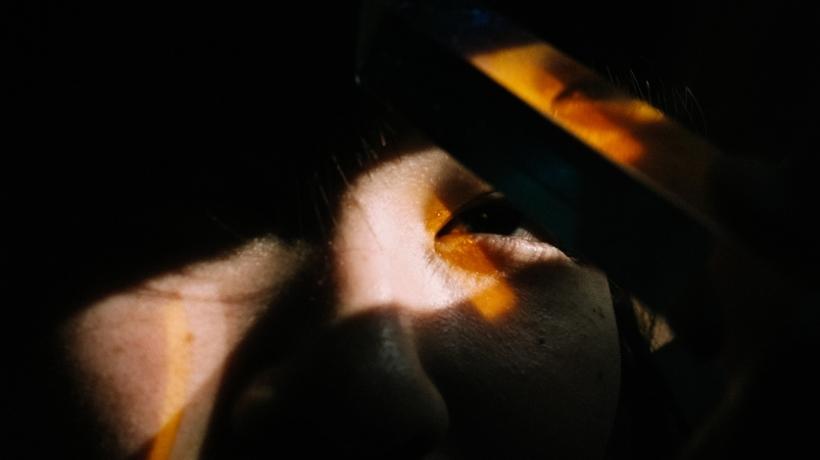
Consumer protection
LED risks
With reference to LED technology, a risk assessment must be made, related to the danger of “blue light” (the result of the visible violet-blue radiation, which means wavelengths between 380 and490 nm), given that the use of such type of light is extremely common nowadays. The potential damage given by violet-blue light radiation can strike the retina of our eye, as it is particularly sensitive to such wavelengths. It varies, however, depending on the wavelength and on the daily radiation exposure.
Legislative Aspects
Current legislation in Italy and in Europe regarding this topic ca be found as law EN 62471 “Photobiological safety of lamps and lamp systems”, that provides the guidelines for the evaluation and the control of photobiological risks coming from all sources with an incoherent broad spectrum (included LED) electrically powered and that emit an optical radiation within a range of wavelengths between 200nm and 3000 nm.
Therefore, the evaluation of photobiological safety of lights, including LED lights, is a legal needed condition for lighting products sold in Italy.
Such law commits the producer to verify by means of laboratory tests the risk level of each light type. EN 62471 in fact, establishes precise emission limits that cannot be exceeded, other than defining the risk groups to ensure such photobiological safety for the different lighting items.
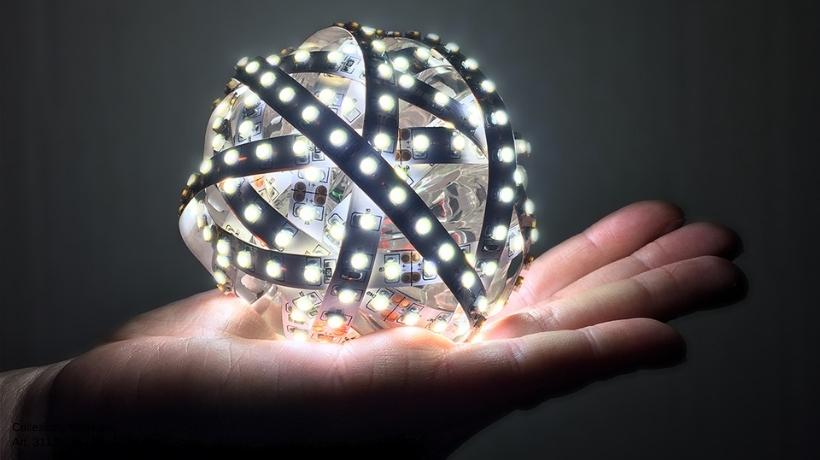
The Levels of Photobiological Safety
Risk Groups (RG) represent the threshold levels for photobiological safety and are defined on the basis of the exposure periods regarding such phenomenon: to a longer exposure period corresponds a major risk. With reference to risks caused by blue light, longer is the time during which a person keeps on staring at a light source, the greater is the exposure.
According to the law EN 62471, risk groups for blue light develop into levels, starting from a Minor Risk Level RG 0 (exempted risk), when the item does not cause any photobiological risk within 2,8 hours of direct exposure to blue light.
Low Risk instead starts from level RG 1, when the item does not cause damages to the eye retina due to blue light within 100 seconds of exposure.
A Moderate Risk, RG2, occurs when the item does not entail any danger after an instinctive reaction that forces us to look at very bright light sources; the item must not cause any retina risk within 0,25 seconds of exposure.
Finally level RG 3, High Risk, occurs when the item represents a risk even after just a short exposure to it.
Patrizia Volpato looks at safety as its first priority. The company is constantly engaged in providing lighting items that are technologically updated and above all compliant to current European Laws. Reducing photobiological risk is one of our main objectives. This way, our products can be used by consumers in complete safety.
